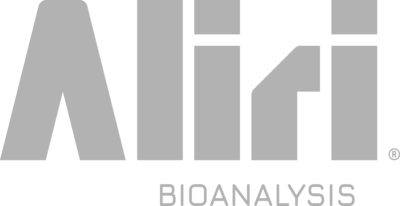Mapping mRNA–Lipid Nanoparticle Distribution in Mouse Whole Body and Organs by MALDI-MSI
In this scientific poster recently presented at EBF Open Symposium, we investigated the biodistribution and potential toxicity of lipid nanoparticles (LNP1 and LPN2), which are crucial carriers for mRNA-based treatments after administration to male and female mice, analyzing their distribution in whole-body carcasses and specific organs using MALDI-MSI.
Download our poster to learn more.
Maximizing Reproducibility and Sensitivity in qPCR for Detecting Transcripts Over a Broad Dynamic Range in Response to Anti-PD-1 Therapy
This study aims to optimize and validate a qPCR workflow for the reproducible and sensitive quantification of immune checkpoint transcripts (PD-1,PD-L1, CTLA-4) in FFPE lung cancer tissues. By refining tissue preparation, RNA input, and assay conditions, we establish a robust method for detecting gene expression across a broad dynamic range, enabling reliable assessment of immunotherapy response and supporting biomarker-driven patient stratification.
Download our poster to learn more.
Development and Validation of a Sensitive LC-MS/MS Method for the Quantification of SGR-1505 in Human Plasma to Support Clinical Pharmacokinetic Studies
MALT1 is a key mediator of NF-κB signaling and an emerging therapeutic target in B-cell malignancies and autoimmune diseases. SGR-1505, a potent MALT1 inhibitor, is being clinically evaluated for its therapeutic potential. In this study, we developed and validated a reliable and high-throughput LC-MS/MS method for the quantitation of SGR-1505 in human plasma (K₂EDTA) to support clinical pharmacokinetic studies. This work exemplifies the critical role of CRO-led bioanalysis in bridging early discovery and clinical development of emerging therapeutics.
Download our poster to learn more.
Development of Total ASO method in Mouse Plasma and Tissues Using LC-FD and LC-MS Platforms
Bioanalytical methods are needed to analyze protein conjugated antisense oligonucleotides (POCs) to accurately quantify the active antisense oligonucleotide (ASO) payloads, assess its pharmacokinetics and biodistribution in plasma and tissues, and ensure patient safety by evaluating potential immunogenicity and toxicity. Because the conjugate, the free ASO, and the linked ASO fragment can all be present, specialized techniques are required to differentiate and quantify these components, which is essential for supporting the development of these complex biotherapeutics. The unique properties of POCs present significant analytical challenges that necessitate specialized methods.
We set out to develop a methodology for quantifying total ASO in POCs that could be universally applied across similar POCs. The
study compared mass spectrometry and fluorescence detection platforms to determine optimal sensitivity, selectivity,
and adaptability. Additionally, it aimed to establish a single extraction method suitable for both plasma and tissue
analysis.
Download our poster to learn more.
Considerations for Probe Selection for Oligonucleotide Hybridization LC/MS Workflows
Recently, while developing an assay for a siRNA complex using the LNA approach, we observed interferences from the probe to the antisense strand when it was analyzed by mass spectrometry. We modified the melting temperature to release the streptavidin/biotinylated hybridized to avoid releasing most of the biotinylated probe/antisense complex, but the limited release still had enough of the probe in the final extracts to cause interferences in the LLOQ samples. Modifying LC conditions helped to resolve the interference, but those changes were not entirely successful due to peak shape issues with the internal standard. After reviewing the probe design, we implemented an alternate PNA probe with the intention that any residual PNA probe would be easier to resolve chromatographically.
Download our poster to learn more.
Selection and Evaluation of Hybridization Capture Probes for LC/MS Analysis of Oligonucleotides
LC/MS bioanalysis of oligonucleotides has had its historical challenges in all areas of the workflow including extraction, liquid chromatography, and mass spectrometry detection. Among the primary pain points for the extraction of oligonucleotides is poor recovery from nonspecific binding or poor extraction efficiency using the most common extraction approaches. Recent publications of a more specific biotinylated probe hybridization approach have addressed these challenges, however, there hasn’t been much presented on the specific advantages for different probe types that can be used for this hybridization work. Although there has been a focus on DNA, LNA, and PNA probe design with research to demonstrate the specific attributes each offers, there has been limited discussion on the overall impact on recovery and interference from these different probes. Biotinylated probe design has been focused on limiting self-hybridization of the probe while maintaining a complimentary sequence with a sufficiently high score to out-compete any interferences from matrix or from the sense strand in siRNA modalities while keeping the melting temperature (Tm) of the hybridized duplex low enough to ensure recovery from the streptavidin beads. Recently, while developing an assay for a siRNA complex using the LNA approach, we observed interferences from the probe to the antisense strand when it was analyzed by mass spectrometry. We modified the melting temperature to release the streptavidin/biotinylated hybridized to avoid releasing most of the biotinylated probe/antisense complex, but the limited release still had enough of the probe in the final extracts to cause interferences in the LLOQ samples. Modifying LC conditions helped to resolve the interference, but those changes were not entirely successful due to peak shape issues with the internal standard. After reviewing the probe design, we implemented an alternate PNA probe with the intention that any residual PNA probe would be easier to resolve chromatographically.
Download our poster to learn more.
Next-Generation Inflammatory Response Assay: Advancing Cytokine and Immune Cell Characterization for Precision Bioanalysis
Inflammation plays a critical role in numerous disease processes, including autoimmune disorders, infectious diseases, and immune-related adverse effects in immunotherapy. The ability to accurately assess inflammation is critical for understanding disease mechanisms, monitoring treatment efficacy, and identifying novel therapeutic targets. Traditional cytokine assays often lack the cellular context necessary for fully understanding immune activation and regulation. Inflammatory responses are shaped by intricate cytokine networks and immune cell interactions, which demand a more integrated, high-resolution analytical approach to provide meaningful insights. Our next-generation inflammatory response assay bridges this gap by simultaneously measuring cytokines and immune cell phenotypes, delivering a multi-dimensional dataset to enhance translational research and clinical decision-making.
Download our poster to learn more.
CyTOF Inflammatory Response Assay: A Powerful Single-Method Alternative to Flow Cytometry and Ligand Binding Assays
Cytometry by Time-Of-Flight (CyTOF), is an advanced bioanalysis technique that combines aspects of flow cytometry with mass spectrometry to analyze single cells with high precision.
Commonly applied to immune cell profiling, immunophenotyping, cancer immunotherapy, single-cell functional analysis, and infectious disease research, CyTOF tracks cytokine levels and immune dynamics over time to yield critical data about the mechanism of action, efficacy, safety, and immunomodulatory effects of a drug in real time.
Bioanalytical Services for Animal Health
Aliri has over 20 years of experience offering animal health regulatory bioanalytical services. Our recognized standing with regulatory agencies leads the industry for CVM and VICH pharmaceutical development programs.
Download our fact sheet to learn more about the services and platforms we offer for veterinary health sponsors.
Quantitative Mass Spectrometry Imaging (QMSI) of Endogenous Insulin in Mouse Pancreas Using Modified Insulin
Quantitative Mass Spectrometry Imaging (QMSI) is used to evaluate the amount of a large molecule (higher than 3000 Da)
within tissue. Methodology of quantification using a «pseudo internal standard» covering the sample is explained (“Modified
Standard” Approach) and applied to the example of mouse insulin assessment in pancreas tissue. To ensure fast data
treatment QuantinetixTM software is used in order to calculate the amount of target molecule.
Download our poster to learn more.

